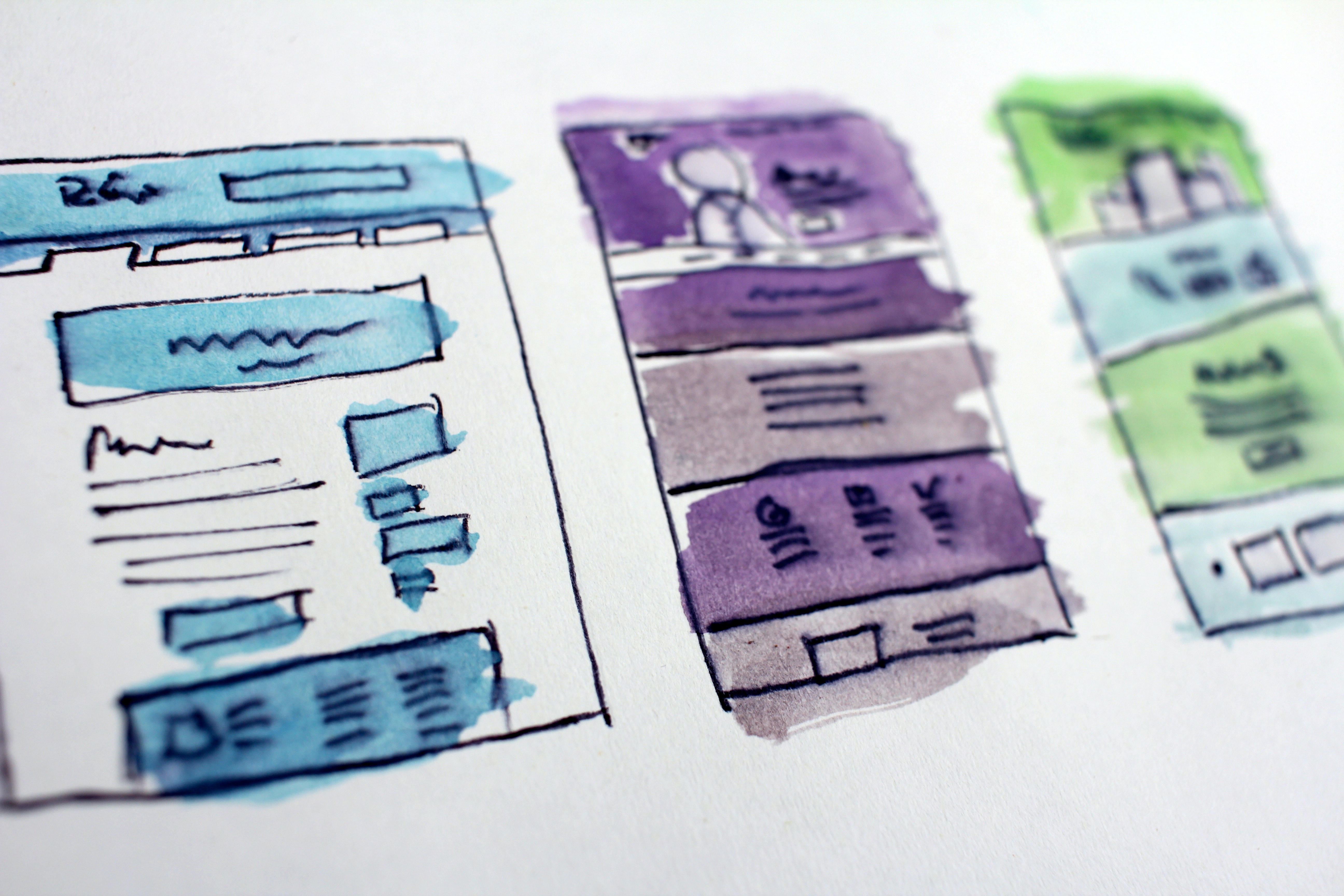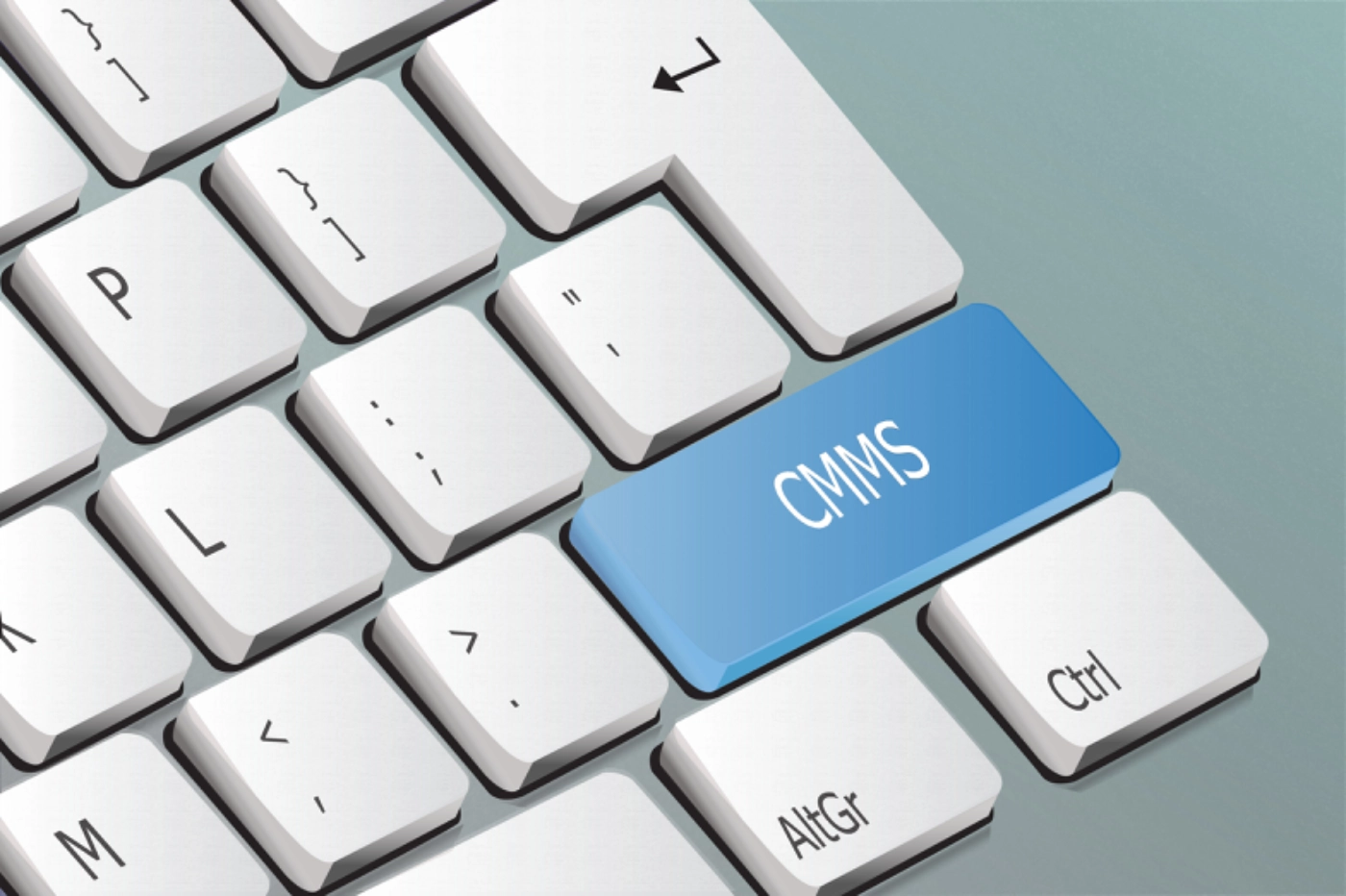
Software is designed to make life easier. Unfortunately, that’s not the experience of many maintenance technicians, operational managers, and executives who begin using manufacturing work order software programs for the first time.
In fact, browse the low-star comment section of any third-party review site, and you will find statements like:
- Training new staff takes too long.
- Your program is way too difficult to use.
- You get what you pay for (it’s free, after all).
- Your software interface is difficult to navigate, antiquated, overly complicated, and non-intuitive.
These are real comments from real manufacturing work order software reviews. Despite the fact that you can find plenty of positive comments online, it’s still rare to meet someone in person who is 100 percent satisfied with their Computerized Maintenance Management System (CMMS).
In fact, some sources suggest that as much as 80 percent of work order software program implementations fail. In this article, we’ll discuss why expectations often fail to meet reality after purchasing manufacturing work order software. We’ll also highlight some quick tips for evaluating purchase options to ensure you walk away with functional, user-friendly software.
Let’s get started.
Three Reasons Why Manufacturing Work Order Software Disappoints
Each week, we have dozens of conversations with operational managers from industrial plants, manufacturing businesses, and facility management firms. We’re constantly learning new things about operations, maintenance, and inventory management. However, there is one thing we consistently hear from these clients: The CMMS/ERP/CRM was more difficult to use than we thought it would be; we’re not seeing ROI.
In fact, the phenomenon isn’t limited to work order software. In addition, systems development projects have increasingly high failure rates because of unmet user expectations.
As reported in the App Attention Index, 60 percent of users have deleted an app after encountering problems with performance. Two-thirds of survey respondents said they have uninstalled an application that didn’t meet expectations after first use. The question is: why does this keep happening?
1. Outdated Manufacturing Work Order Software Development Practices

Traditionally, developers gathered software requirements early in the building process. And once the finished product arrived, that was it! However, with no built-in process for feedback integration, these companies were often stuck with imperfect products and little to no budget for software improvements.
On the other hand, modern engineers practice something called agile software development. The methodology revolves around iterative development with ongoing collaboration between customers and app makers. The system allows providers to regularly release new features as requested by users. Popular tech companies like Facebook, Apple, and Google practice agile software development to better serve their customers. As such, consumer expectations of software have only increased in recent years.
According to State of the Connected Customer—a Salesforce CRM commissioned a survey of more than 6,700 consumers and business buyers—76 percent of customers say it’s easier than ever to take their business elsewhere, and 70 percent of customers say understanding how to use a product is “very important to winning their business.”
In other words, this is bad news for manufacturing work order software and manufacturing ERP providers who have yet to implement rapid feature development systems or provide users with free training materials.
“People don’t like to learn things. If they take the time to learn something, they expect to be able to apply that knowledge in many places. It follows that good designers conserve the number of things users need to learn to get stuff done.”
Scott Berkun
Translation: Most maintenance technicians and operational managers aren’t interested in becoming tech wizards. They want intuitive apps that streamline project management and manufacturing processes. The good news? The more consumers demand intuitive, real-time app experiences, the more software providers will be forced to develop more user-friendly technology.
2. Advertisements Over-Promised UX

Have you ever come across a manufacturing work order software package that seemed like the perfect solution to your maintenance woes? The copy on the web page was crystal-clear and promised to fix your organizational problems with just a few clicks. The screenshots depicted a beautiful user interface with agile functionality. You may have even experimented with using the application for a couple of days.
However, once you really delved into the software system, you felt confused. If this sounds familiar, the problem most likely wasn’t you—it was probably false advertising. Advertisers designed Facebook advertisements, features pages, and other marketing materials to show products in the best possible light. We all know that.
However, some companies have an extreme disconnect between product design, user experience, and marketing copy. There are several potential reasons for why this happens: Outsourced content writers who don’t truly understand software capabilities, distant executives who are out of touch with consumer needs, and downright dishonesty are a few of them.
Unfortunately, most folks have experienced the disappointment of unwrapping a sleek exterior only to discover an incongruent interior. And manufacturing technicians, managers, and VPs are no exception!
3. Designers Didn’t Design the Work Order Management Software for Mobile First

Most maintenance management software and ERP software solutions were designed for desktop usage. Designers redesigned accompanying mobile solutions several years after initial product launches. Translation: They don’t possess a truly mobile-friendly product.
Understandably, these early manufacturing software providers couldn’t have possibly predicted that 45 percent of the world’s population would have “personal computers” in their pockets by 2020. Designers simply were not ready for the cultural switch in consumer expectations.
Unfortunately, adapting existing manufacturing software programs for mobile requires a surprising amount of talent, time, and finances. Pivoting to fully upgraded smartphone integrations requires a drastic change in business priorities that isn’t feasible for most providers. For this reason, some operational managers purchase smartphone-compatible manufacturing software and ERP systems expecting to experience the ease of Gmail but walk away experiencing the complexity of MS-DOS!
Switching technicians from paper checklists to mobile device automation can positively impact efficiency, communication, and accountability. However, managers who ask busy technicians to master complex apps with little training are in for a rude awakening. If the mobile software proves too difficult to navigate, workers often request a return to paper-based work orders, which results in sunk software costs.

How to Choose the Best Work Order Software
As we have shown, there are several reasons why work order software and ERP solution expectations sometimes fail to materialize in reality. Here are some actions you can take to ensure you get everything you want and need:
- Prioritize work order apps designed for mobile devices.
- Look beyond fancy websites and flashy advertisements.
- Play with the software using your own data before buying.
- Ask about the provider’s features development process.
- Look for flexible payment options that scale with you.
If you haven’t already, we invite you to try MaintainX. Not only did we design our work order management software for mobile, but it includes everything manufacturers need to manage inventory control, oversee asset data collection, create intuitive checklists, upload equipment photographs in real-time, cross-reference data for cost savings opportunities, oversee quality management, and text message technicians directly within work orders. MaintainX users can even take advantage of our API feature to integrate important ERP solutions documents (e.g. bill of materials, routing plans) for convenient workflow integration.
When we say that anyone with a smartphone can download the app and start right away, we aren’t kidding. The app is easy to use! Our freemium SaaS comes with several scalable and affordable monthly plans to choose from.
FAQs





.jpg)


.jpeg)
.jpeg)
.jpeg)
.jpeg)









